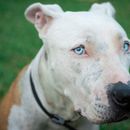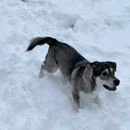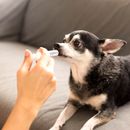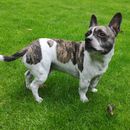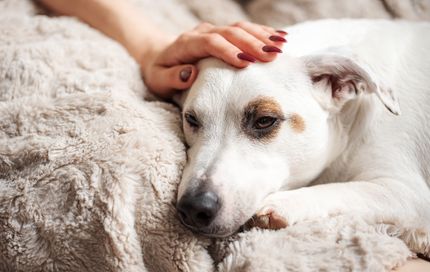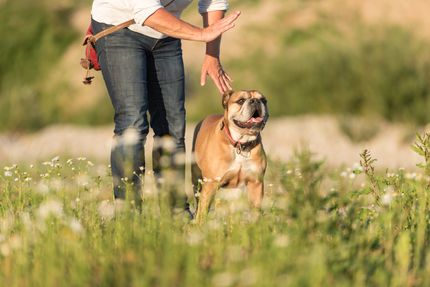When a puppy moves into its new home, some owners notice a slight premature bite in the young four-legged friend's teeth. It is not uncommon for such malocclusions to occur during the growth phase of a puppy's body, teeth and jaws. It is noted that a mild premature bite often corrects itself, especially after the change from deciduous to permanent teeth has taken place. Dogs, like humans, experience a change of teeth, a detail that may surprise some.
The development of the pre-bite in young dogs: An expert discussion
Interestingly, certain dog breeds, such as the Pug and French Bulldog, are prone to malocclusion due to breeding practices that favor a shorter muzzle.
Causes of a premature bite: genetics, diet and more
Various factors contribute to the development of a pre-bite. Breeding practices aimed at aesthetic traits such as a shorter muzzle can affect the positioning of the jaws in relation to each other and therefore the alignment of the teeth. An inappropriate diet that leads to early tooth wear or a lack of essential minerals such as calcium, which is necessary for the development of strong tooth enamel, can also contribute to misalignment.
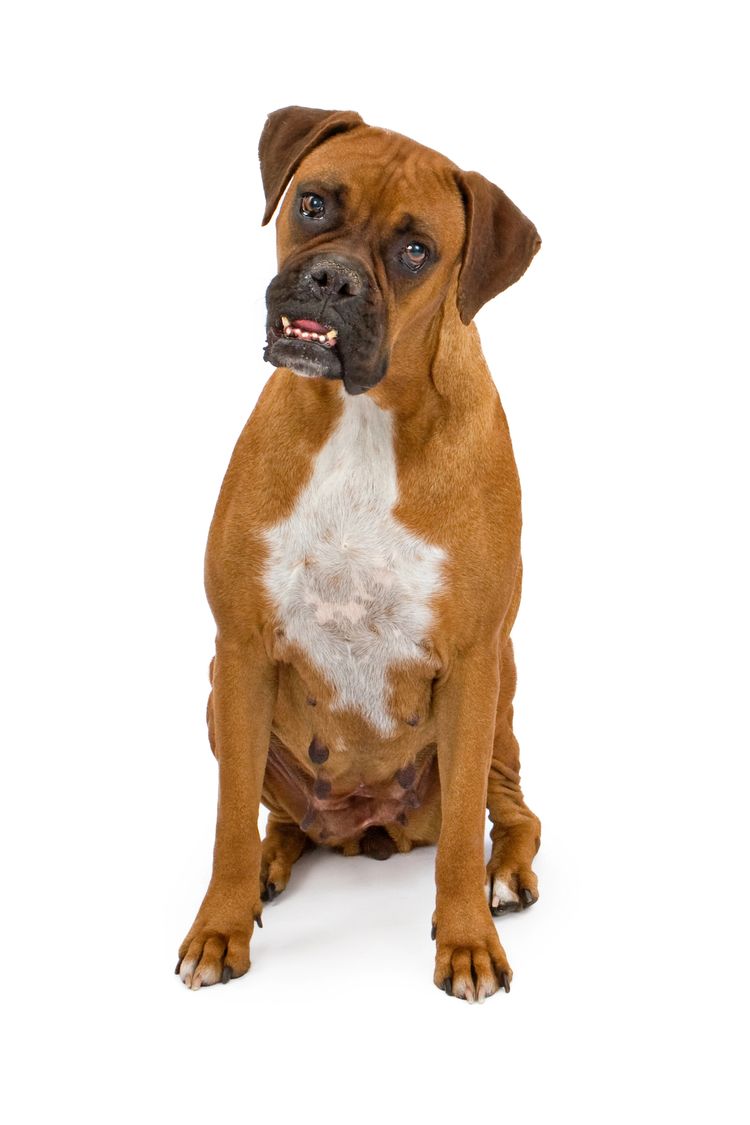
The genetic predisposition of a puppy can cause both too few and too many teeth, which in turn can lead to malocclusions of the jaw. It should be noted that the dog's teeth have a specific arrangement that changes as the animal ages.
Proactive measures and treatment options
Dog owners can be proactive by regularly checking their puppy's dental development and visiting the vet if a pre-bite is suspected. Treatment for a pre-bite varies depending on the severity and can range from simple measures such as grinding and repositioning therapies to orthodontic procedures.
Chewing games and special exercises can help to bring the teeth into the correct position, while in more severe cases braces or surgery may be necessary. It is important to remember that orthodontic treatment can be costly.
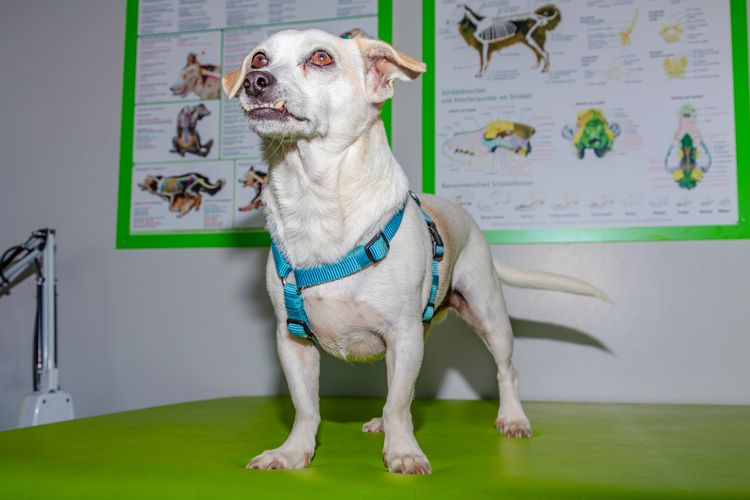
Additional considerations for dental health in dogs
It is crucial to emphasize the importance of a balanced diet and proper care for the dental health of young dogs. A diet rich in essential nutrients not only supports the development of strong tooth enamel, but also promotes the overall health of the puppy. In addition, regular dental cleanings and check-ups by the veterinarian can help detect and treat problems early.
Considering the genetic predisposition of some breeds to dental misalignment, it is advisable to do research before getting a puppy and, if necessary, choose breeds that are less prone to such problems. This can contribute to better health and quality of life for the dog in the long term.
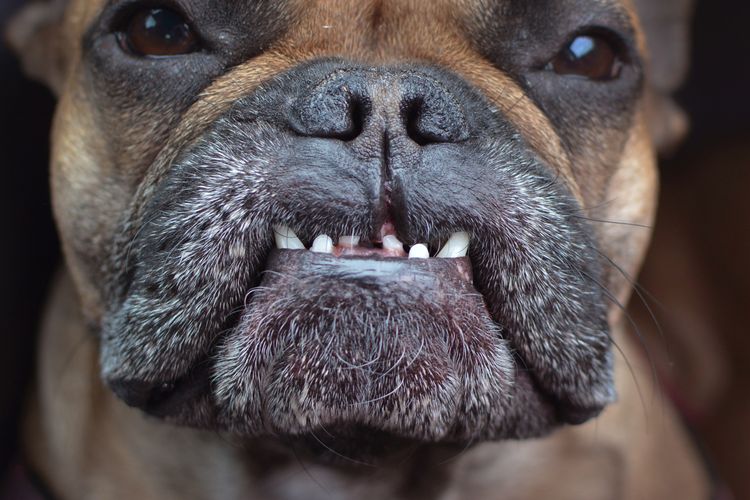
Treatment options for prebites in puppies
Treatment for a pre-bite depends on several factors, including the severity of the deformity and the dog's overall health. Here are some common approaches to correcting a prebite:
- Ground-in therapy: This method involves shortening overly long teeth to allow for better alignment of the bite.
- Repositioning therapy:This technique uses special chewing techniques and chewing games to gently move the teeth into the desired position. Examples include:
- Use of specially designed rubber toys to encourage chewing.
- Lightly massaging the teeth and gums with the fingers to strengthen the gums and encourage correct positioning of the teeth.
- Use of braces: In some cases, custom-made braces may be required to bring the teeth into their correct position. This method is less commonly used as it is often not well tolerated by dogs.
- Orthodontic surgery: For severe cases where other treatments are unsuccessful, surgery may be necessary. This involves surgically correcting the teeth and, if necessary, the jawbone.
It is important that any decision is made in close consultation with an experienced veterinarian or animal jaw specialist to determine the best treatment method for the individual case.
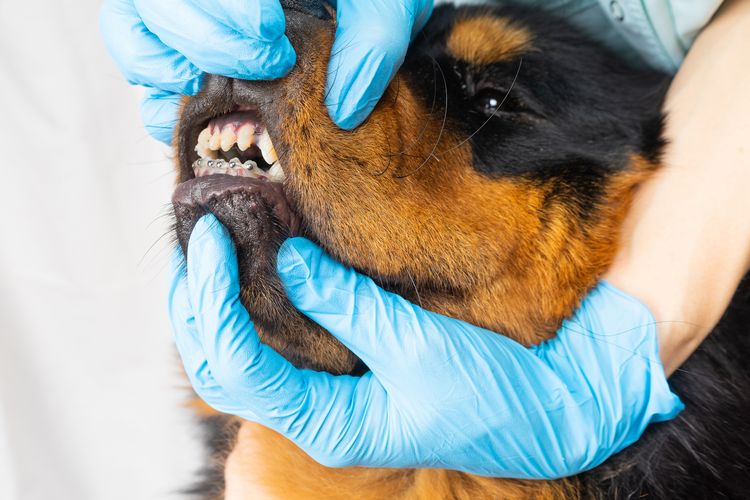
Does my dog need braces? Is there such a thing as a pre-bite?
Innovative dental corrections for man's best friend
In the world of veterinary medicine, braces have established themselves as an innovative solution for correcting malocclusions in dogs. These specially developed appliances range from simple rubber braces to complex metal constructions that are used specifically to guide teeth into the correct position.
The use of teeth straightening systems in dogs
Brackets are often used for the targeted alignment of individual teeth - small metal or plastic plates that are applied directly to the affected tooth and connected with elastic bands. These bands exert a continuous pull that gradually moves the tooth into the desired position. Alternatively, a bone screw can be used as an anchor point in the jaw to transfer the necessary tensile force. These systems are adjusted at regular intervals until the tooth is correctly aligned after a few weeks.
The role of bite splints in canine orthodontics
Bite splints, made of robust plastic or metal, offer another method of correcting misaligned teeth. The manufacturing process for these customized splints often begins with a plaster cast of the mouth, on the basis of which the splint is then made in the dental laboratory. These splints exert pressure on the affected tooth each time it is chewed, thus promoting its realignment. Direct modeling in the mouth enables precise results even with minor adjustments.
Expansion screws: an effective solution for pronounced malocclusions
Expansion screws, which are placed between the teeth and regularly readjusted, expand the range of orthodontic aids for dogs. This method is particularly effective for correctly aligning teeth that are too far outwards or inwards. The continuous adjustment of the screw ensures precise control over the movement of the teeth.
Recognizing the need for braces in dogs
The need for braces can usually only be determined by regular inspections of the mouth by the owner in combination with expert examinations by a veterinarian. It is advisable to keep a close eye on your dog's teeth and attend veterinary check-ups, especially when they are changing teeth.
Selection and duration of braces
The decision on the appropriate correction system and the duration of treatment depends on various factors, including the age of the dog and the specific problem. A veterinarian specializing in veterinary dentistry will suggest the optimal solution after a thorough examination and any necessary x-rays.
After successful correction, it is important to leave the braces in place for a period of time to consolidate the new position of the teeth and prevent a relapse into the old position.
Dealing with complications
Complications such as inflammation of the gums or the accumulation of food debris can occur during the wearing period. Careful care and cleaning of the braces as well as regular check-ups are therefore essential.
Important aspects of teeth straightening in dogs
Braces are applied under anesthesia and are always accompanied by comprehensive information about possible risks. Although most dogs quickly get used to the appliance, special care is required during treatment to minimize discomfort and pain. The aim of every dental correction is to improve the functionality of the chewing apparatus, not the aesthetics
Sources and relevant links
AniCura Zahnspange
Accessed on 13.02.2024


